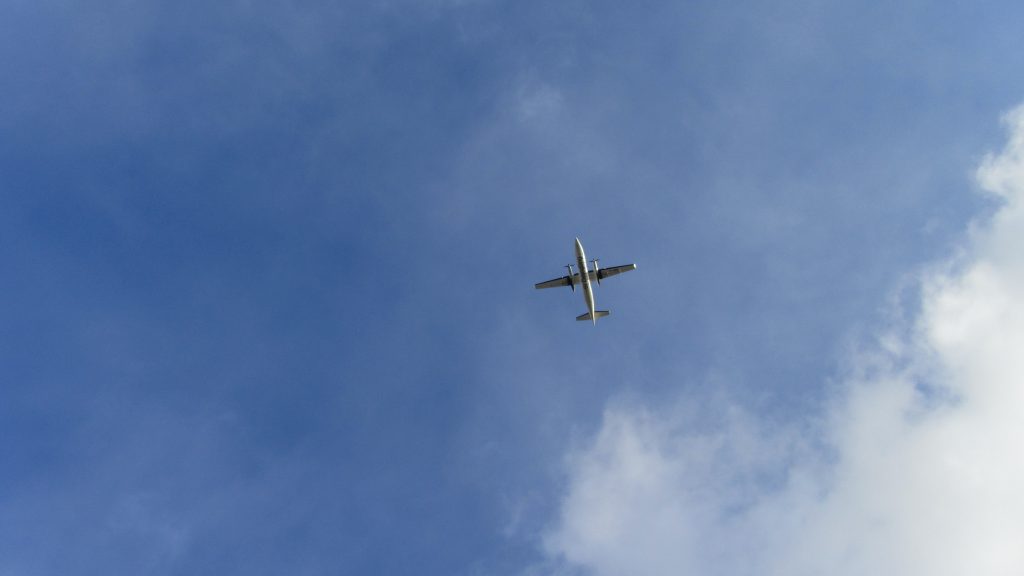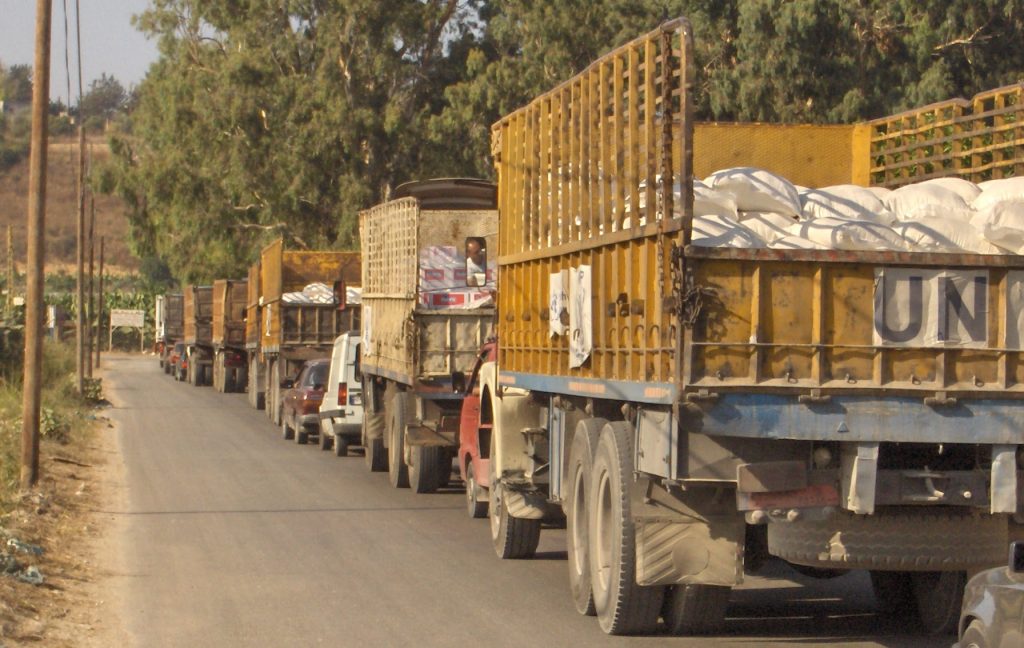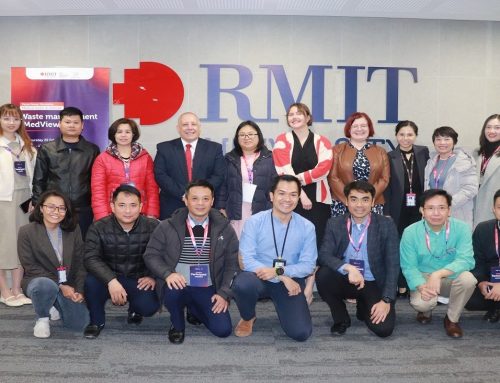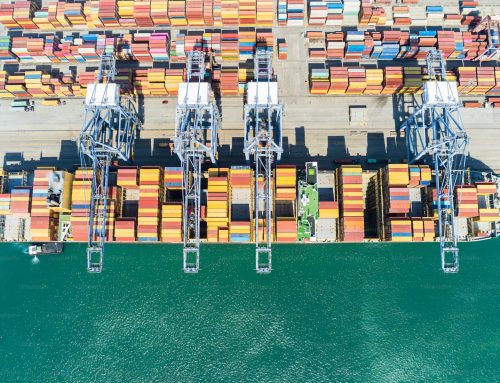by Dr. Sarah Schiffling
Assistant Professor of Supply Chain Management and Social Responsibility

When the humanitarian situation deteriorates for a population that is cut off from the outside world, there are frequently calls for humanitarian aid to be delivered from the air. In 2016, a petition to the UK parliament to air-drop life-saving aid into Syrian cities gained nearly 150,000 signatures. In October 2023, questions have been asked about humanitarian air drops for Gaza to help people cut off from deliveries of food, water, medicines, and other essentials.
With road access blocked, humanitarian aid by air may seem like a sensible solution. Indeed, the EU has launched an EU Humanitarian Air Bridge operation to bring supplies to Gaza. The first flights are carrying cargo from UNICEF including shelter items, medicines, and hygiene kits. However, these flights are to Egypt in the hope that further ground transport to Gaza will become possible.
What many people think of when they speak of air drops is the Berlin airlift. In 1948-49, mainly British and American air forces supplied West Berlin with food, coal and other essentials from the air after the Soviet Union blocked access to the city by road, rail, and waterways. The operation became a defining image of the Cold War. More recently, humanitarian air drops have been carried out for example by the World Food Programme in South Sudan.
As appealing as air drops can seem, they remain an option of last resort. Their costs are very high, the capacity is limited particularly when supplying large numbers of people, the coordination and preparation needed is extensive, and there are inherent dangers.
A Gaza Airlift
During the Berlin Airlift, West Berlin had a population of over 2 million in a mostly urban, war-ravaged area somewhat larger than Gaza. At first glance, these may seem like similar parameters. Logistically, this was a herculean task with up to 1,400 flights reaching West Berlin every day and meticulously planned ground operations.
Gaza, like many besieged areas, lacks the crucial infrastructure that enabled the Berlin Airlift: airfields. Even if there were options to land, in the middle of an active war, safe air corridors are not available. Large scale air operations would endanger both crews and civilians on the ground.
A modern alternative that does not endanger pilots could be drones. However, a crucial constraint here is the capacity. A recently announced cargo drone has a capacity of 100 kg. For comparison, the World Food Programme estimates that its pre-positioned 310 tons of supplies in Egypt could feed 244,000 people for a week. That would be equivalent to 3,100 of these drones and does not account for fuel, medicine, or other essential items beyond food.
Humanitarian Air Drops
Genuine air drops from the back of planes are only used sparingly in humanitarian responses. While they are independent of the availability of airports or other landing sites, they still require safety in the air space. There is a danger planes will get hit by artillery, especially if they are flying low, but simultaneously a higher altitude makes dropping items more challenging. Standard airdrops might involve 50kg bags of for example grains being dropped from an altitude of about 300 metres, but to avoid being hit by either side in a conflict, planes may have to fly above 7.6 kilometres.
Higher flight levels create more challenges for both the packaging of products to be dropped and the size of the required drop zone. There is only a limited range of items that are commonly dropped, mostly robust food items like powders, pulses, and grains. They are specially packed in reinforced bags, which results in a low wastage rate, but still adds extra steps and expenses to the aid delivery process.
A minimum for a drop zone could be as small as a football pitch, but with increasing altitude of flights, the required area grows quickly. Especially in densely populated areas, it becomes impossible to find suitable areas and be able to keep them safe. Safe drop zones need to be available and cleared and ground crew should have real time communication with pilots to anticipate and react to any issues. After all, aid should do no harm.
Air drops are technically very difficult and require highly skilled personnel. Nevertheless, there are frequent issues with them. Aid may not reach the intended recipients, and items dropped may be damaged, get off target or go unaccounted for. Apart from meticulous preparation of the cargo, a successful airdrop also requires coordination on the ground to ensure items are received and distributed as efficiently, but also as safely, as possible. Frequently, the conclusion organisations draw is that airdrops cannot be done effectively.
Ultimately, a key argument against the use of airdrops is the cost involved. The planes required to perform them are costly and the staff required are not widely available as these skills are so highly specialised. Preparations on the ground and packaging add further complexity. It is estimated that air dropping humanitarian supplies is about seven times as costly as the road transport option. On top of that, the capacity is far lower. What can be dropped from one aircraft might be able to fit onto a single large truck.
Humanitarian Access
Given the expense and challenges of supplying humanitarian assistance by air, whether in an airlift format or as airdrops, humanitarian access by road is crucial. It is in most cases easier to reach affected populations on the ground and a better use of limited funds.
With the current situation on Gaza, establishing consistent road access for humanitarian organisations should be a priority. This includes opening border crossings, but also ensuring the safety of the crossings, the transport routes, and the distribution points.


Dr Sarah Schiffling is an Assistant Professor Supply Chain Management & Social Responsibility and the Deputy Director of the HUMLOG Institute. Sarah’s research interests include pharmaceutical supply chains, disaster relief operations, supply chain disruptions, and supply chain management in developing nations. Her current projects focus on vaccine supply chains, logistics in conflict areas, localisation, circular economy, and waste management in humanitarian operations.




